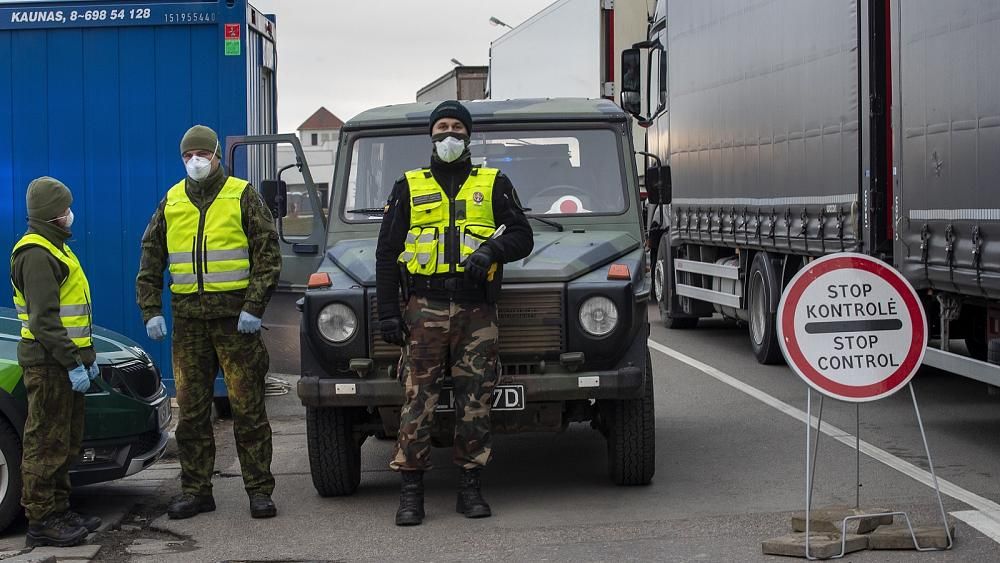Schengen isn’t dead – yet. The real test is still to come

The Schengen zone, Europe’s free movement area, recently celebrated an important anniversary. 25 years ago on 26 March , internal border controls were lifted by all the participating states to the Schengen Convention.
The circumstances of this birthday could have hardly been sadder.
As the COVID-19 pandemic holds Europe in its grip, internal border controls have resurfaced to an unparalleled degree. No less than 14 out of the 26 Schengen states have currently reintroduced649347_EN.pdf) such checks. The controls are also enforced in previously unseen ways, leading to long queues for lorries at border crossings and preventing returning EU citizens from reaching their homes. Almost overnight, we seem to have wound the clock back on decades of European integration and free movement rights.
Unsurprisingly, alarmism reigns. The end of Europe’s borderless area has been declared by many. Among them was French president, Emmanuel Macron who, when addressing his fellow European leaders on that downcast anniversary on 26 March, proclaimed that the death of Schengen was in sight.
Yet, Schengen’s fate is not decided now. The real test is still to come. Let us first consider the here and now.
The sense of fighting a viral infection through the re-establishing of border controls and travel restrictions can, of course, be questioned. For instance, if the spread of the virus is mostly localised, then internal border controls across Europe can only achieve so much. They may in fact end up doing more harm than good, for instance, by hindering the transport of essential goods between countries, as has already been observed.
On the other hand, limiting cross-border travel is also a way of limiting social interaction. To some degree, and certainly in the eyes of the public, these controls do not appear exaggerated when judged against the unparalleled restrictions on mobility now in place in almost all European states.
The actual resilience of Schengen will only become apparent later, once border checks need to be lifted again. Past experience has shown, time and again, that lifting controls can be hard, certainly harder than re-introducing them.
From the very beginning, when controls were first meant to be lifted, in 1995, France – for instance – dragged its feet for more than three years, only abolishing them in 1998. More recently, and more problematically, the border controls that were reintroduced in response to the arrival of large numbers of refugees and migrants in 2015 and 2016 have not been lifted by six states (Germany, France, Austria, Norway, Sweden, and Denmark) even though arrivals have decreased significantly since then. In essence, Europe’s border-free area has not been border control-free for over four years now.
There is hope, however. With border controls back a generation of young Europeans are discovering borders they never knew before, and those that knew these borders are being reminded of a Europe before Schengen. The revaluing of Europe’s free movement area may inspire European leaders to properly reboot Schengen this time after its slow, and still incomplete, recovery from the last crisis in 2015 and 2016.
As has been argued for other domains too, the COVID-19 crisis may serve as a chance to tackle several issues jointly and become a turning point towards the full restoration of the Schengen zone. In line with the sentiments of a recent statement by European Commissioner for Home Affairs, Ylva Johansson on the occasion of Schengen’s anniversary, let us also use these times to reflect on the importance of freedom.
- Marie De Somer is the head of the Migration and Diversity Programme at the European Policy Centre (EPC) in Brussels, and a visiting professor at the KU Leuven (Belgium) and at Sciences Po in Paris.









